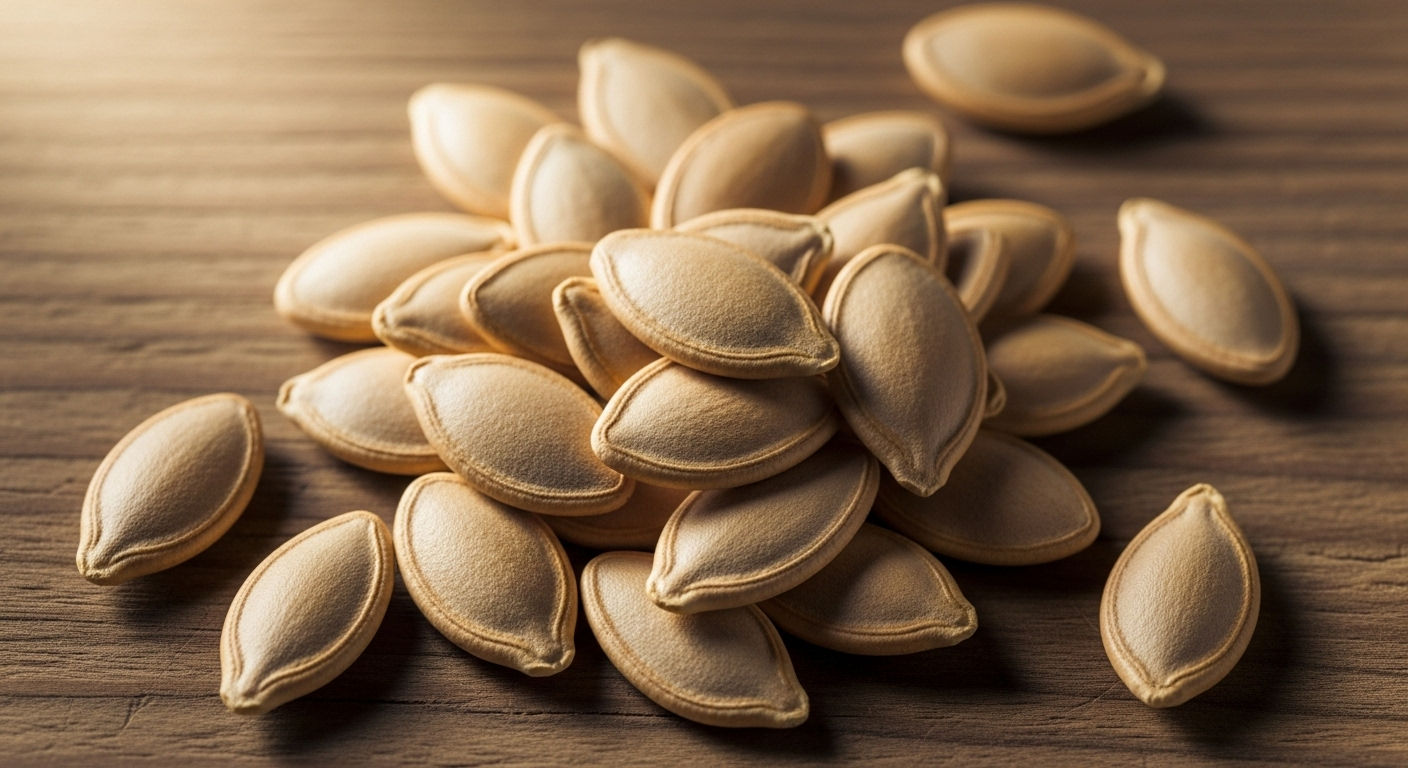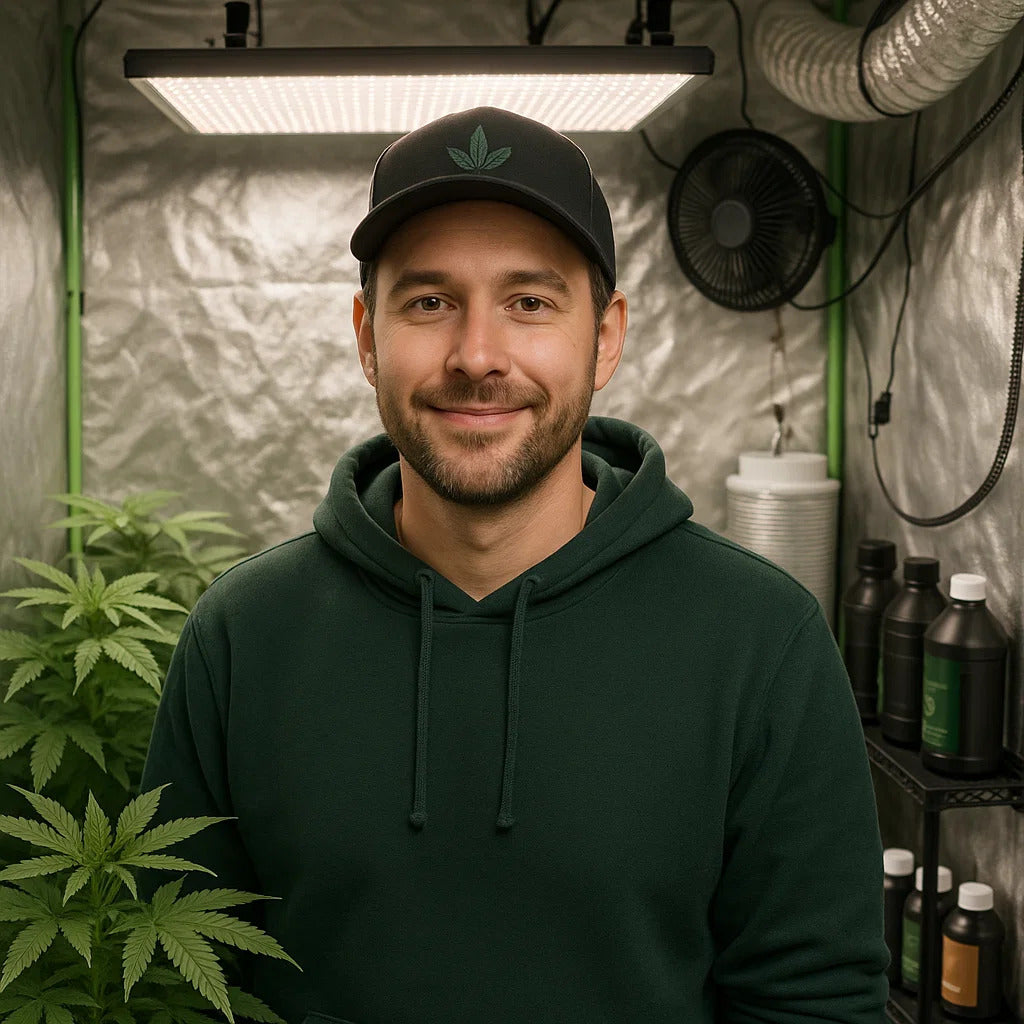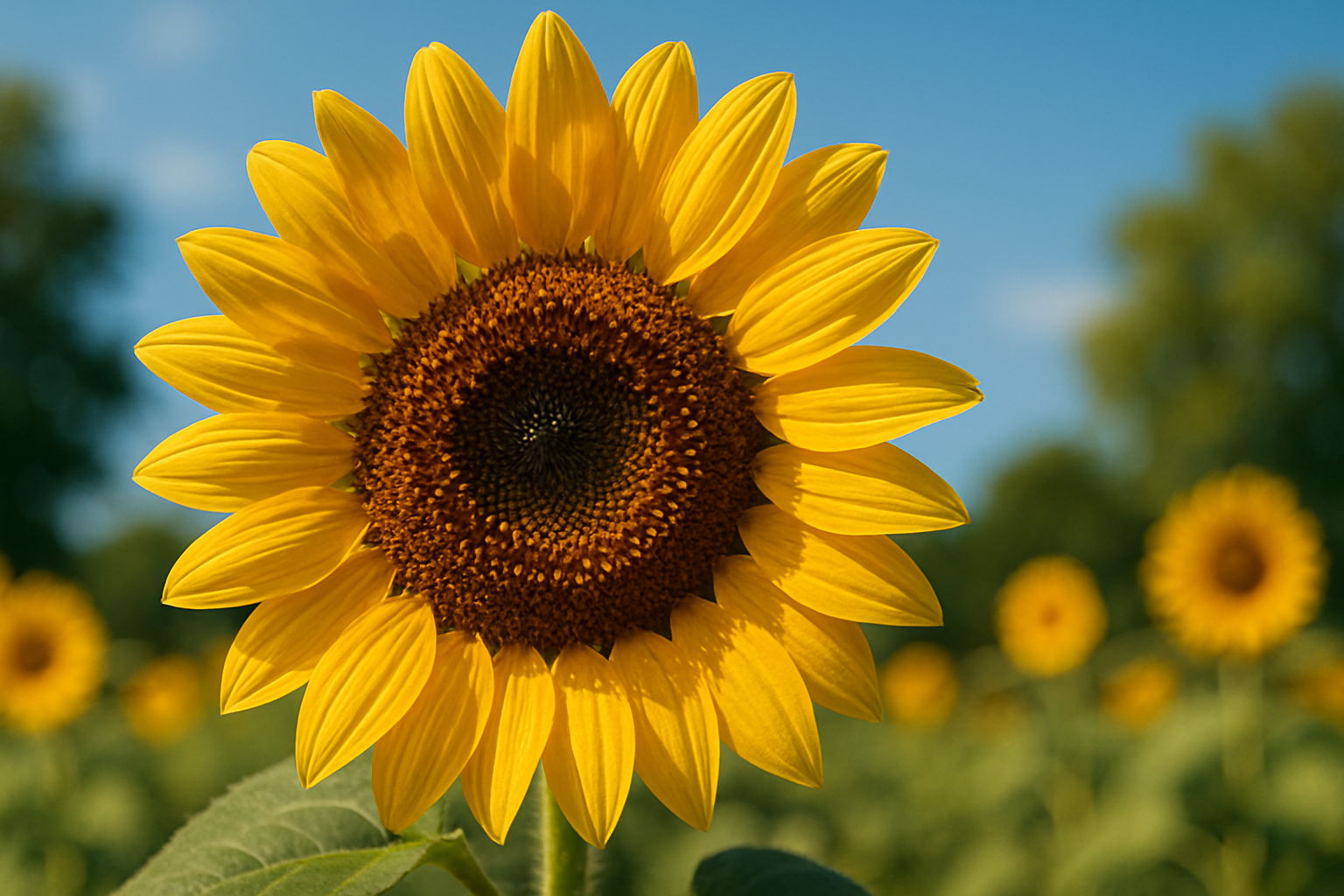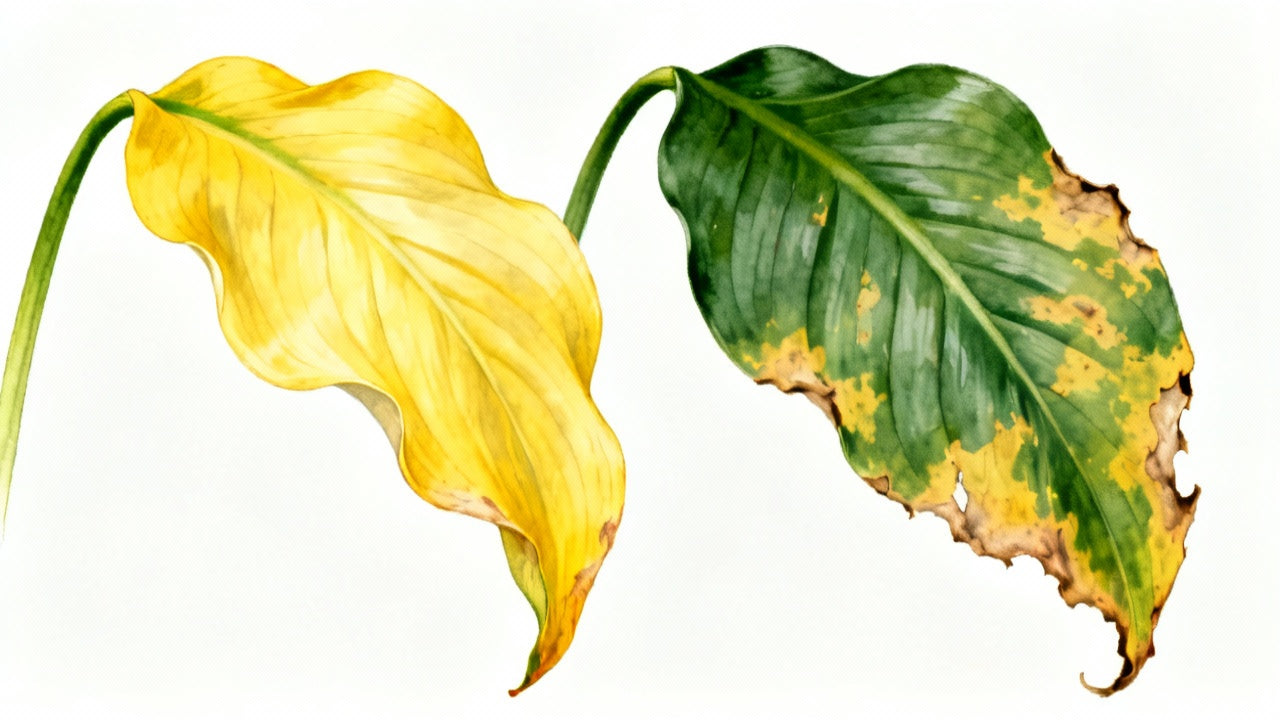
When to Plant Pumpkin Seeds: Ultimate Timing Guide for Gardeners
Whether you're dreaming of carving jack-o'-lanterns, creating seasonal décor, or harvesting delicious homegrown pumpkins for pies and soups, knowing exactly when to plant pumpkin seeds is crucial for success. Timing your pumpkin planting correctly can make the difference between a bountiful harvest of mature pumpkins and disappointment. This comprehensive guide will walk you through everything you need to know about perfect pumpkin seed timing.
Understanding Pumpkin Growth Cycles
Before diving into specific planting dates, it's important to understand the growth requirements and lifecycle of pumpkin plants to maximize your chances of success.
Growth Timeline Essentials
Pumpkins have specific growth requirements that directly impact when you should plant them:
- Germination: 5-10 days under optimal conditions
- Seedling to flowering stage: 50-75 days
- Pollination to mature fruit: 45-55 days
- Total growing time: 90-120 days (variety dependent)
Most pumpkin varieties require 90-120 days from seed to harvest, with larger varieties typically needing the full 120 days or even longer. This long growing season means planning is essential, especially in regions with shorter summers.

Temperature Requirements
Pumpkins are warm-season crops that require specific temperature ranges for optimal growth:
- Soil temperature for germination: 70-95°F (21-35°C)
- Minimum soil temperature: 65°F (18°C)
- Air temperature for growth: 70-85°F (21-29°C)
- Frost tolerance: None (damage occurs below 50°F/10°C)
These temperature requirements are your first consideration when determining planting dates, as planting too early can result in poor germination or frost damage.
Optimal Planting Times by Climate Zone
The ideal time to plant pumpkin seeds varies significantly depending on your climate zone and local frost dates.
Northern/Cooler Regions (Zones 3-5)
In cooler northern regions with shorter growing seasons:
- Start seeds indoors: 3-4 weeks before last spring frost
- Transplant outdoors: 2-3 weeks after last spring frost (when soil has warmed)
- Direct sowing: Late May to early June (when soil temperatures consistently reach 70°F)
For areas with very short growing seasons, choose faster-maturing pumpkin varieties (under 100 days) and use season-extending techniques like Gorilla Grow Tent systems for indoor starting.
Middle/Temperate Regions (Zones 6-7)
For mid-range growing zones:
- Start seeds indoors: 2-3 weeks before last spring frost
- Transplant outdoors: 1-2 weeks after last spring frost
- Direct sowing: Mid-May when soil temperatures are reliably above 70°F
These regions generally have adequate time to grow most pumpkin varieties, including medium to large carving types.
Southern/Warmer Regions (Zones 8-10)
In southern regions with longer growing seasons and hotter summers:
- First planting window: February to April (for early harvest)
- Second planting window: June to July (for fall harvest)
- Avoid: Planting during peak summer heat in very hot regions
In the warmest zones, the challenge is often excessive heat rather than a short season. Timing plantings to avoid fruit development during the hottest period improves results.

Indoor Starting vs. Direct Sowing
Both methods have advantages, and your choice depends on your climate and growing goals.
Starting Pumpkin Seeds Indoors
For cooler climates or when aiming for earlier harvests, starting seeds indoors offers several advantages:
- Extend the growing season by 3-4 weeks
- Protect young seedlings from pests and harsh weather
- Improve germination rates with controlled conditions
When starting indoors:
- Use biodegradable pots (3-4 inches) to minimize root disturbance
- Provide bottom heat (75-85°F) for faster germination
- Ensure 6-8 hours of strong light daily
An indoor growing setup with proper lighting and temperature control creates ideal conditions for strong seedling development.
Direct Sowing Techniques
Direct sowing works well in regions with longer growing seasons and offers these benefits:
- Avoids transplant shock
- Develops stronger root systems
- Requires less equipment and handling
For successful direct sowing:
- Wait until soil temperatures reach 70°F at a 2-inch depth
- Plant seeds 1-2 inches deep in groups of 3-4
- Thin to the strongest 1-2 plants after germination
- Protect young seedlings from pests with row covers
Calculating Your Specific Planting Dates
To determine your exact pumpkin planting dates, follow this calculation process:
- Identify your target harvest date (typically late September to mid-October for Halloween pumpkins)
- Check your chosen pumpkin variety's "days to maturity" (usually listed on seed packets)
- Count backward from harvest date by the days to maturity
- Add 7-14 days as a buffer for weather variations and curing time
- Compare this date with your region's last spring frost date
For Halloween pumpkins, most gardeners need to plant between late May and early July, depending on variety and region.
Advanced Techniques for Indoor Growers
For gardeners using Gorilla Grow Tents or other indoor growing systems, you can manipulate planting times for special harvests.
Year-Round Pumpkin Growing
With controlled indoor environments, you can:
- Start seeds any time of year regardless of outdoor conditions
- Grow compact varieties like 'Small Sugar' or 'Baby Pam' completely indoors
- Produce pumpkins for special occasions outside the traditional harvest season
Indoor growth requirements:
- Strong lighting (minimum 12 hours daily) from Gorilla Grow Lights
- Temperatures maintained at 75-85°F during the day and not below 65°F at night
- Hand pollination when female flowers appear (identifiable by tiny pumpkin shape at flower base)
- Proper spacing and support for vines
For more tips on growing plants indoors throughout the seasons, check out our blog on year-round indoor gardening techniques.
Common Timing Challenges and Solutions
Even with careful planning, pumpkin growers often face timing challenges. Here's how to address them:
Late Start Solutions
If you're getting a late start:
- Choose shorter-season varieties (80-90 days to maturity)
- Use black plastic to warm soil faster
- Apply season extenders like row covers in fall if needed
- Start seeds indoors and transplant as soon as possible
Early Frost Protection
For early fall frosts that threaten ripening pumpkins:
- Cover plants with frost cloth when temperatures drop
- Harvest slightly underripe pumpkins and allow to cure indoors
- Focus on protecting fruits rather than vines in emergency situations
FAQ: When to Plant Pumpkin Seeds
How many days before Halloween should I plant pumpkin seeds?
For Halloween pumpkins, count backward from October 31 using your variety's days-to-maturity plus an additional 10-14 days for curing time. Most varieties need 90-120 days, meaning you should plant between late May and early July, depending on your specific variety and climate.
Can I start pumpkin seeds indoors to get an earlier start?
Yes! Starting pumpkin seeds indoors 2-4 weeks before your last frost date gives you a significant head start. Use biodegradable pots to minimize root disturbance during transplanting, and harden off seedlings for 7-10 days before moving them outdoors permanently.
Is it too late to plant pumpkins in June?
In many growing zones, June is actually the ideal time to plant pumpkins. In warmer southern regions (zones 8-10), June plantings often perform better than earlier ones as they avoid extreme summer heat during critical growing stages. In northern regions (zones 3-5), early June is often perfect for direct sowing.
What happens if I plant my pumpkin seeds too early?
Planting too early risks exposure to frost, cold soil that inhibits germination, and increased susceptibility to rot and disease. Seedlings exposed to prolonged cold may become stunted and never fully recover, even when temperatures warm up.
Can pumpkins be grown entirely indoors?
Yes, compact pumpkin varieties can be grown entirely indoors with the right setup. Use a Gorilla Grow Tent with proper lighting, ventilation, and pollinate flowers manually. While challenging, indoor growing allows for year-round production and protection from outdoor pests and weather extremes.
Featured Snippet Summary
Plant pumpkin seeds outdoors 2-3 weeks after the last spring frost when soil temperatures reach 70°F, typically late May to early June in northern regions and April to early May in southern areas. For Halloween pumpkins, count backward 100-120 days from October 31. In short-season climates, start seeds indoors 3-4 weeks before the last frost to ensure full maturity.
Start Your Pumpkin Growing Adventure Today
The perfect time to plan your pumpkin patch is now! Whether you're growing outdoors or creating an indoor growing environment with our Gorilla Grow Tent Kits, proper timing is your first step toward pumpkin-growing success.
Visit our website today to explore our complete line of growing equipment designed to help you extend your growing season and produce perfect pumpkins regardless of your local climate. With the right timing, equipment, and care, you'll be well on your way to harvesting beautiful, homegrown pumpkins for all your fall needs!

Lena Myles
I'm a mushroom enthusiast and home cook based in Oregon. I'm passionate about foraging and creating fungi-focused recipes, especially delicious, plant-based dishes using gourmet mushrooms like trumpet, shiitake, and oyster. When I’m not in the kitchen, you’ll usually find me wandering the woods in search of new wild flavors.


